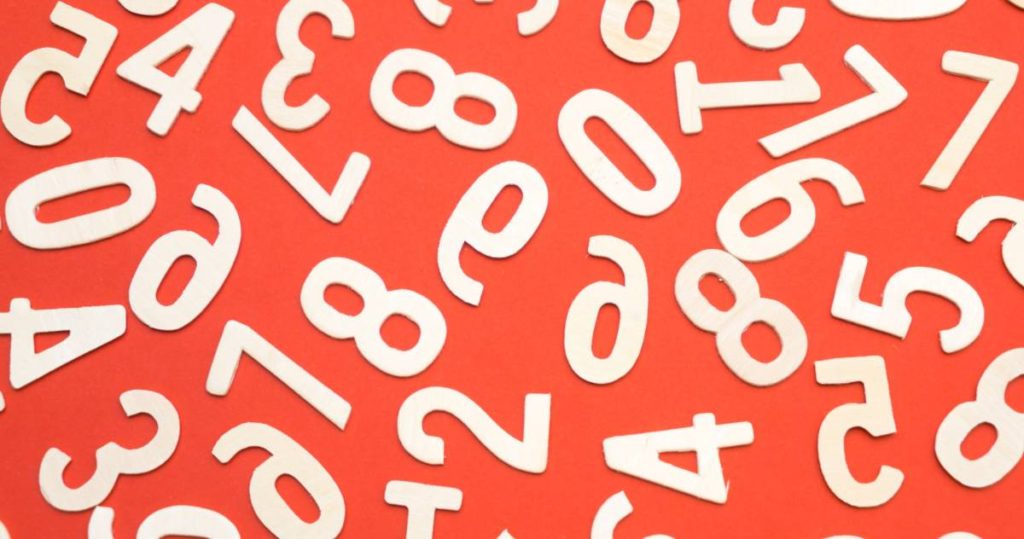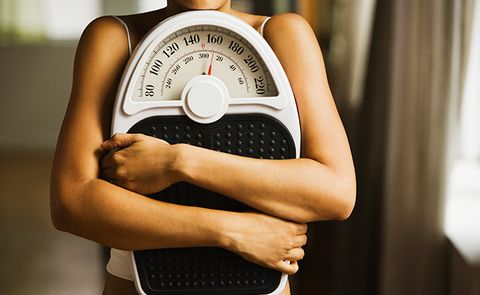
In my late teens my father was in the process of dying from cancer. Less than a quarter mile away from his house, a family friend had a little studio gym where Jenni Johnson (who you might know from her jazz singing) taught fitness classes. I began attending in the evenings and all I knew was that it felt good. The feeling of my muscles burning, my body heating up, the resistance of the weights, the workouts placed me into the present moment. I relished the feeling of those last 3 reps where I had to push myself beyond my comfort zone, the battle between wanting to stop and wanting to keep going. That’s still one of my favorite parts of a workout. At that time, I was exercising for a feeling, not for an outcome.
My motivation to exercise began to change in my early twenties. I realized that all of the other women at the gym or friends I knew who worked out were doing it to reach a goal. Almost 100% of these goals were aesthetic and had to do with weight loss and visible abs. Shrinking seemed to be the theme to all of the workouts that the women around me were doing, and I followed suit.
My workouts morphed into mostly cardio and abs. Suddenly I became fixated on all of the numbers, especially the “calories burned” monitor on the cardio machines. I also became very aware of the number of calories in my food. Every morning I vowed to eat as little as possible, which would ALWAYS result in a binge, triggering a deep depression filled with shame and the repeating question, “What is wrong with me?” The next day I would start the whole process over again.

It’s easy to look back and see how painfully misguided my expectations were and how obviously I was in a cycle of binging/restricting. I was suffering from depression and I believed that the cure was weight loss. I didn’t understand, or maybe was too scared to acknowledge the real issues at the core of my obsessive weight loss endeavors.
After graduating from college with a degree in sociology, I settled into working and living as a young adult. I found another gym and decided to return to group fitness, instead of toiling away alone on the elliptical for an hour. I started doing Body Pump, a class that uses a barbell and takes participants through a full body workout. I was flooded with all of the feelings I remembered; the burn, the heat, the resistance, and I was hooked. I started attending regularly because of the true joy it brought me, not because of what I thought my body would look like if I kept doing it. I felt compelled to go to class, like an invisible force was carrying me along, then I realized, holy shit, I am having FUN, that’s why I want to do this! DUH.
I began to teach classes like Body Pump, and over time exercise became a natural and constant fixture in my life. It was not a chore or a punishment, it simply became a part of who I was. I let go of the numbers and just did what I enjoyed.
Now I would love to end the story with “and I never had any issues with food or exercise again!” But you and I both know life is not that simple, and old habits die hard (or never!) About 3 years ago I got a really cool heart rate monitor. Almost immediately I slipped into what I call my “number fixation.” I slowly became more and more preoccupied with the number of calories I had burned each workout. I would compare my numbers to other peoples numbers. I even started tracking my food (RED FLAG,) and finally that lead to me watching the numbers on the scale. TOO MANY NUMBERS. I began to feel disappointed with a workout if I didn’t burn “enough” calories, even if the workout felt really good in every other way. What BS!!!
After realizing that I had slipped down the proverbial slope, it still took me about 6 months to stop wearing the monitor for every workout. Now I only wear it for specific training drills where I need to see my heart rate (not calories burned.) Let me be clear, data provided by a heart-rate monitor, food/macro tracking, even calorie counting, can be extremely helpful and beneficial to some peoples’ fitness and health. I was using the data in an unhealthy way. At the end of the day only you can know if something is helping or hurting you, that is a personal choice that’s nobody’s business but your own.
Since letting go of the numbers (again,) my workouts are my own. Sometimes I exercise for 10 minutes, sometimes 90. I listen to my body; I push myself if I am feeling fresh, I slow it down if I am feeling depleted. I take it day by day, because every day is different. I do it because it makes me feel good, connected to my body, and present in the moment. The ways my body has changed as a result of exercising regularly is a bonus, not the point of the action, but a byproduct. I am actually heavier now than I have ever been and I feel better in my body than I have ever felt. How’s that for a twist?!

If you’re a slave to the numbers associated with your workouts and nutrition and you’re feeling like that is not serving you any more, here are a few things you can do:
#1 EXPERIMENT – Spend 7 days not tracking any workout data and see how you feel. Trust yourself. If you hate it you can go back to tracking. Keep a journal to explore how you are feeling during the week and see if there may be deeper reasons behind all this control/tracking besides health and fitness.
#2 ABILITY/PERFORMANCE BASED GOALS: Ditch the aesthetic goals for a minute and choose a fitness goal based on abilities or performance. Such as: an obstacle course, getting in peak condition for ski season, learning a new skill, like deadlifting or a kettlebell training. See how your workouts and mindset change when your goal isn’t just burning calories.
#3 EDUCATE YOURSELF – You will get more get more benefits from a 20 minute well executed HIIT workout that grinding away for 60 minutes (why does it have to be 60?) in the “fat burning zone” (which is a total misnomer, btw.) Ask yourself why. If you do have a goal, talk to a trusted certified professional about the best way to reach it. Don’t rely on celebrity workouts or what your coach had you do in the gym back in high school.
#4 SPORTS – Get active outside the gym. Tennis, hiking, pickle ball, SUP, snow-shoeing, biking, dragon boating, swimming`. Do something you can get lost in! Find that flow, do it because it’s fun!
